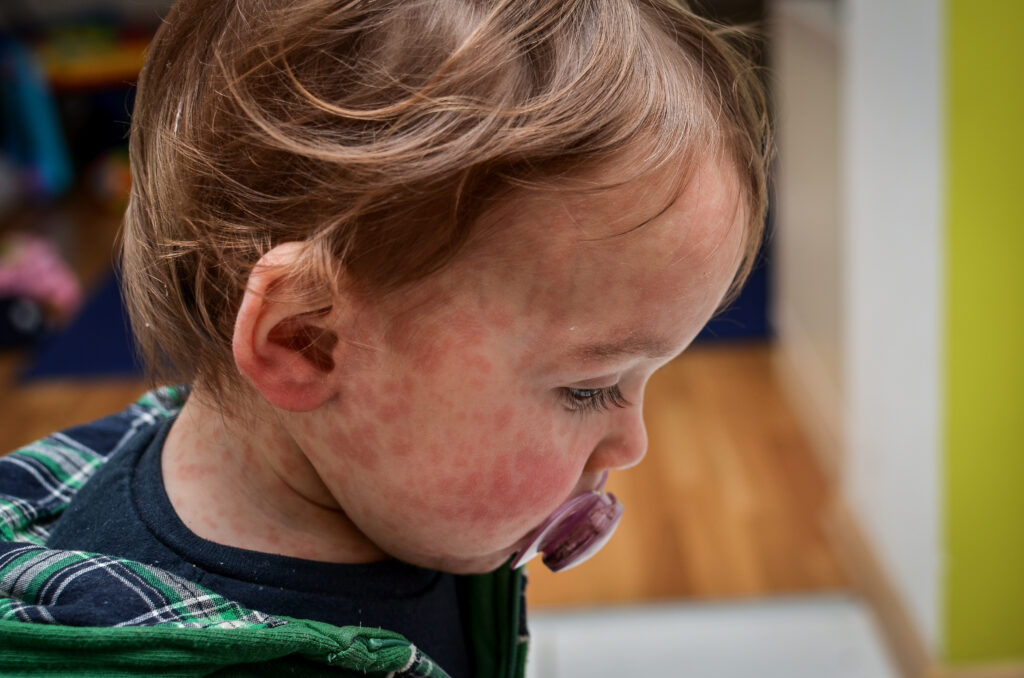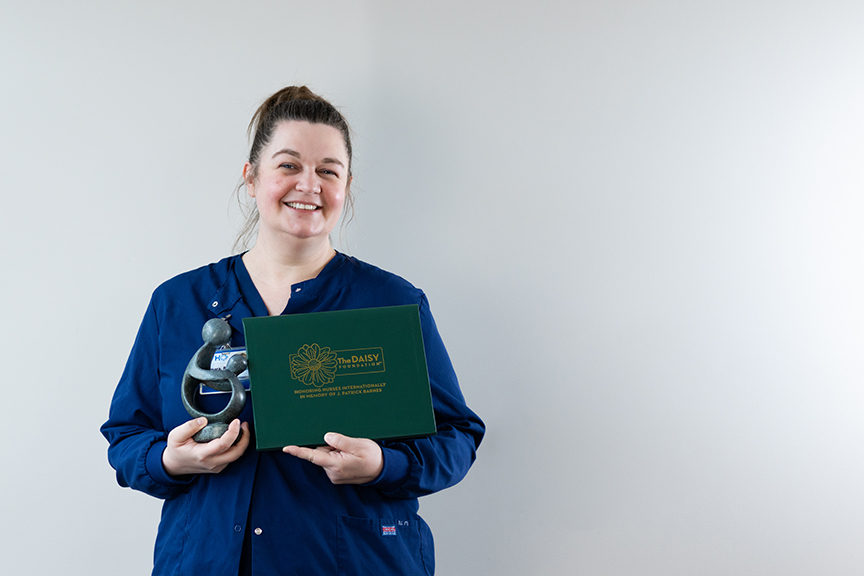Case Study via AHA.org (American Hospital Association), Meeting Essential Health Services And Reimagining Obstetrics In A Rural Community (pdf), highlights women’s challenges in accessing healthcare services in rural areas like […]
KVH News
Measles Cases Rising 2024
Measles cases are on the rise, and although numbers in the US are small right now, there is cause for concern. Measles is one the most contagious human viruses, with a 90% chance of someone who is not immune getting infected if they are near someone with measles.
Preventing Respiratory Syncytial Virus Infections
RSV typically starts in fall, peaks in winter, and causes cold symptoms including runny nose, cough, and fever in children and adults. Most kids have had RSV by age 2. Although usually mild, RSV can cause more serious problems like wheezing, pneumonia, and trouble breathing.
Vegetarian and Vegan Diets in Teens
Contributor Dr. Elise Herman Although still a minority, more people are exploring plant-based diets, including teens. If your teen has expressed interest in this, you may wonder if being a vegetarian […]
Building a Workforce
Kittitas Valley Healthcare (KVH) is leading the way to increase healthcare providers in Kittitas County. The healthcare workforce shortage is not a new concern, but one that is on top […]
The Daisy Award
Tamara Lewis, RN, Medical/Surgical Unit, Daisy Award for developing a trusting relationship with a patient that aided in identifying a severe wound infection that required a higher level of care.
National Doctors Day
By Dr. Kevin Martin, Chief Medical Officer KVH March 30 will mark the 182nd anniversary of the first use of anesthesia in surgery by Dr. Crawford Williamson Long, and so […]
The Importance of a Healthy Environment
One of the biggest factors in human health is the environment. Underlining this importance, the United Nations entities issued a joint statement in 2021 recognizing the “right to a safe, clean, healthy and sustainable environment” for all people.
Teen Acne
Contributor Dr. Elise Herman Teen acne is very common, affecting 85% of adolescents. It can occur on the face, neck, back, shoulders, and chest. Mild acne usually resolves without scarring, […]
Helping Your Shy Child
By nature, some kids are more outgoing than others. Many children are shy and reserved when younger but become less so as they grow up. Being shy, however, just characterizes a child’s approach to the world (especially new situations) and does not have to be seen as a negative.









